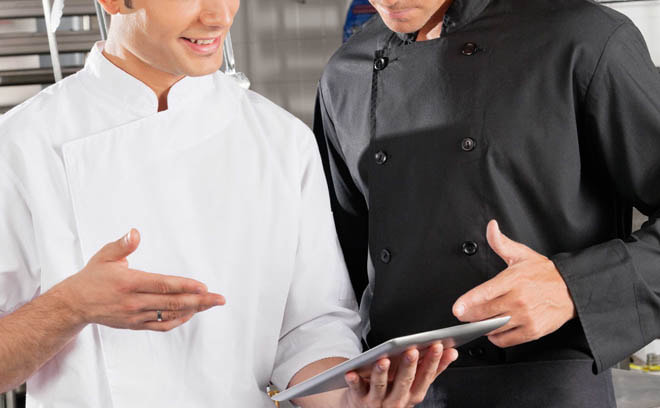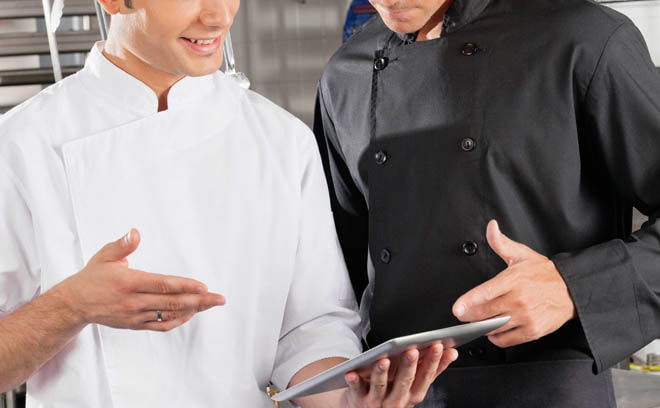 If your restaurant has added a drive-thru or simply has more customers forming a line outside your door to place and collect orders these days, consider extending your wi-fi coverage to the area surrounding your facility. By having your staff walk back through the line to take orders and payments, you can not only cut wait times but also gain an opportunity to upsell your menu to hungry customers. “When you look where 5G will end up taking us, it’s a whole other world for the retail and restaurant space.” That’s what Aaron Allen, founder and chief strategist at the global restaurant consultancy Aaron Allen & Associates, told Forbes recently. 5G, the next generation of mobile internet connectivity, promises such benefits of data upload and download speeds that are 10 to 20 times faster – speeds that could transform the technology capabilities of restaurants. AT&T sees the greatest potential for 5G in restaurants in three areas: It can significantly reduce latency (or, in other words, the time delay between when you take an action when using technology and when you receive a response), provide a boost to computing power across applications, and deliver sharp increases in speed (think of a file that currently take seven minutes to download taking just eight seconds). In practice, consider being able to use Internet of Things sensors to more efficiently track food waste in your kitchen, or to be alerted exactly when the local high school’s football game ends and you’re likely to get a post-game rush. 5G may help streamline how your POS system communicates with your third-party delivery vendors, or bring a higher level of content personalization to your menu boards, customer text messages or loyalty program promotions. These capabilities certainly exist today, but they work only as well as the network delivering them. The major internet service providers have been launching 5G in major cities throughout this year and will continue to spread the service – check with your provider for the launch timelines for your area.
Across industries in the U.S., labor productivity has effectively doubled over the past 30 years, according to recent data from the Bureau of Labor Statistics. However, the foodservice industry has been among the slowest to grow, at about 80 percent below the national average and ranking just below the post office and just above the mining industry in productivity. The food and beverage strategy firm Aaron Allen & Associates points to one culprit holding the industry’s productivity back: restaurants’ slow adoption of new technologies. The company says the next five years will be more disruptive to foodservice operators than the past 50 years have been, and slow adopters of technology are likely to be left behind. Specifically, technology is making the restaurant experience more and more frictionless for customers and operators alike: Once a consumer gets used to ordering his favorite take-away meal with merely a couple of taps on his phone, then automatically earning loyalty points redeemable for this item at the times of the week when he craves it most, he won’t want to give up that experience. Similarly, once an operator is using tech to monitor everything from the most popular menu items to the functionality of appliances, she has time to focus on providing better customer service, connecting with staff or even scaling up the business. While these updates can be difficult to transition to for an older operation used to managing business more conventionally, restaurant startups are launching with this technology already embedded into their business models ― and it’s giving them a clear advantage when competing with more established brands.
|
Subscribe to our newsletterArchives
April 2024
Categories
All
|





 RSS Feed
RSS Feed